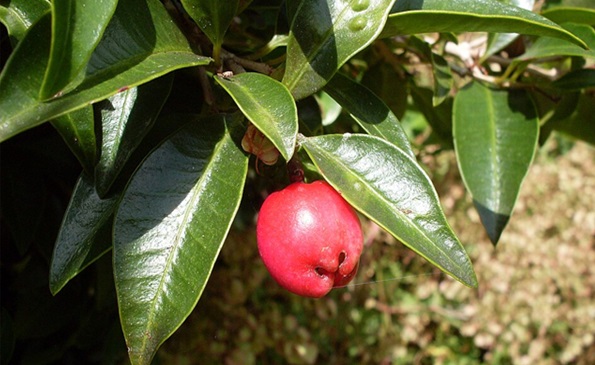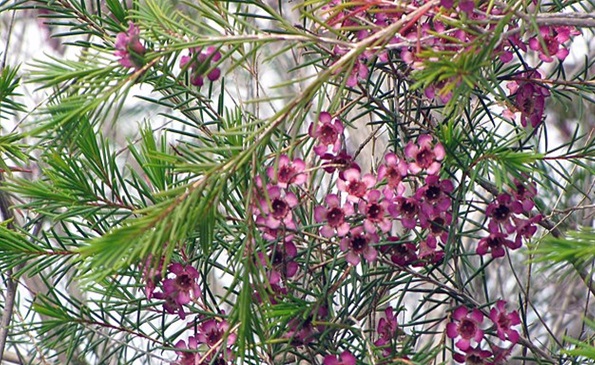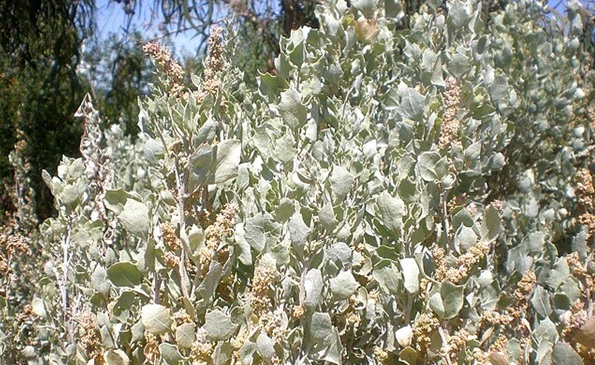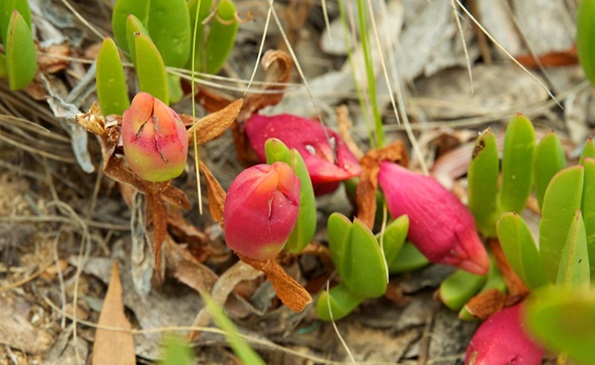When you think about native Australian plants that are edible, chances are the macadamia nut springs to mind—and for good reason. But it’s just the tip of the iceberg. Australia is home to a diverse and largely untapped range of edible native plants, many of which have been used by First Nations people for tens of thousands of years.
Here in Perth, you don’t have to look far to find some of these incredible species—many grow wild in local bushland, parks, or even suburban gardens. Here are four native plants you’ve probably come across without realising they are edible. Of course, a word of warning: make sure that any plant you harvest is correctly identified. When in doubt, consult a local expert or bush food guide.
Lilly Pilly (Syzygium australe)

A favourite of many Perth gardeners, if you have walked anywhere around Perth, you have most likely passed by Lilly Pilly plants—either as trees or, more commonly, as hedges. Their bright red or purple berries, about the size of marbles (although this varies from species to species), grow in clusters and have a tart, cranberry-like flavour and can used in jams and sauces – or just eaten straight away. Just be aware there are many different species of Lilly Pilly, so while they are all technically all edible, some taste better than others.
Geraldton Wax (Chamelaucium uncinatum)

Like the Lilly Pilly, this plant should be easily recognizable. These aromatic shrubs are among Australia’s most iconic natives. The tiny, needle-like leaves, which are the edible part, have a citrusy flavour similar to lemon myrtle. Strip them and use them to flavour beverages and meals. Keep in mind that not all varieties have a strong taste—some are quite mild. If you’re looking for the best culinary option, try Jambinu Zest, said to be the world’s finest Geraldton Wax.
Old Man Salt Bush (Atriplex nummularia)

This large, silvery-leafed shrub is native to Australia’s more inland regions. Its remarkable ability to thrive in arid and semi-arid environments—particularly in soils with high salinity and alkalinity—along with its drought tolerance, makes it an excellent forage for livestock. But what about us humans? Good news! The leaves, which have a salty flavour, are packed with protein, antioxidants, and minerals. They can be enjoyed both raw or cooked, and make a great addition to salads, stews, or as a seasoning for meats and vegetables.
Coastal Pigface (Carpobrotus rossii)

This commonly found ground cover succulent is well known for its weed-suppressing ability, dune stabilization, and beautiful purple flowers. But did you know it’s edible? Now you do! Once the flower is pollinated, it develops a deep red fruiting body which, when fully grown, tastes like a tangy apple or fig.
Really cool article, thanks for sharing and making this blog about edible Perth plants!